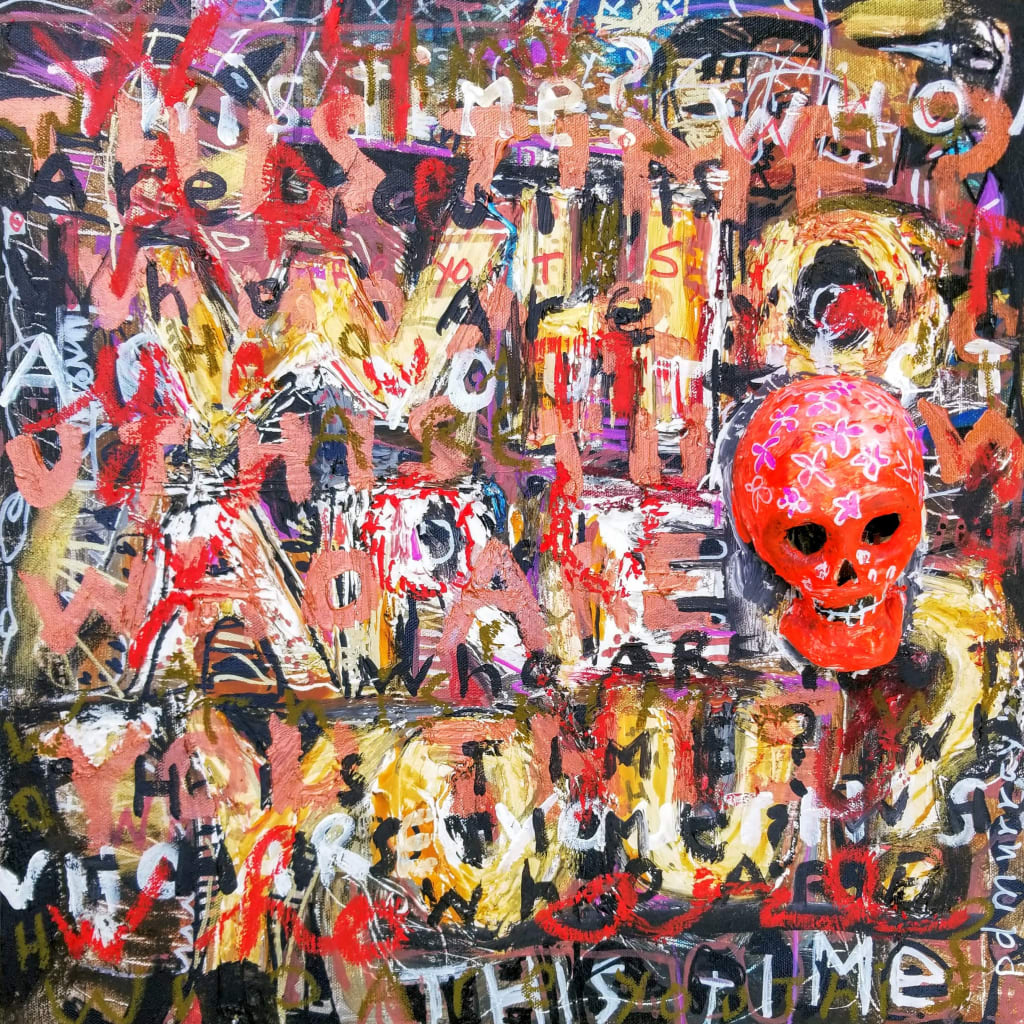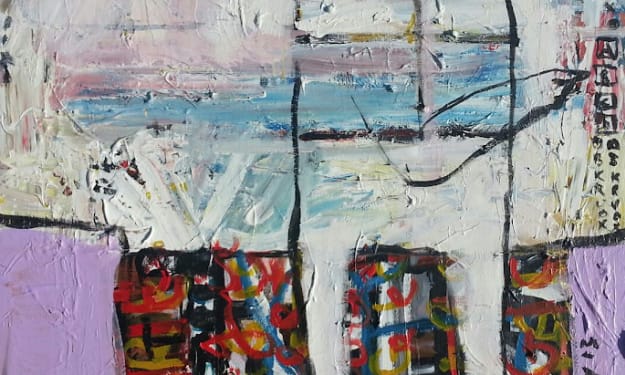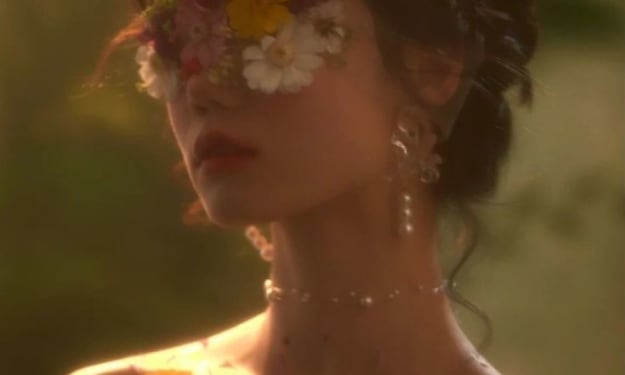Geisha
https://en.wikipedia.org/wiki/Toynbee_tiles

You ask me “What is your favorite flower?”
I pretend to hesitate. I want to give you the impression that I am carefully considering your question because I am aware that answering instantly might generate the appearance that I am not significantly interested in you or your question. I use the time to formulate my response to what I predict your next question will be, one which will require more work on my part to answer.
After an appropriate pause, I reply: the marigold.
As I thought you would, you ask a follow-up question. “Why?”
And here we are in fuzzier territory. I know that, excluding algae, mosses, liverworts and hornworts, there are approximately 390,900 species of plants, of which approximately 369,400 are flowering, although I suspect that data, which is from 2016, is dated, not taking into account flora entropy in tropical areas due to global warming. So the task is to pick one from this set.
There are many interesting subsets. There is the somewhat capricious subset of the flowers whose colloquial names in American English are also colors such as rose, periwinkle, and even jonquil. Marigold is one of this subset.
There is the subset of flowers that are considered to be beneficial in companion planting. Nasturtiums for, example, which will attract aphids in such a degree as to spare nearby plants from infestation. Marigold is (apocryphally, at least) one of this subset, with “enemies” such as corn earworms, nematodes, squash bugs and even rabbits, and “friends” such as cucumbers, melons, potatoes and asparagus.
It would be interesting for me to have a favorite flower based on its friends and enemies. By inference, I would have some of those same friends and enemies, since my choice of favorite would imply an associated matrix of antipathies and sympathies.
Or I could quote from the abstract “Architecture of rose and hollow marigold-like ZnIn2S4 flowers: structural, optical and photocatalytic study,” by Nilima S. Chaudhari, Sambhaji S. Warulea, and Bharat B. Kale. This is perhaps not an appropriate subset, although I find it the most substantive.
I identify 1,456 subsets of flowers with commonalities such as etymology, symbolism, history, fuzzy logic, usage and alchemy. It occurs to me the task is not to pick a flower. The task is to make my choice of a flower appropriate to you. Any choice I make will say something about me, and everything about me is designed to be attractive to you.
Seconds have passed so I answer you. “Once,” I say, “I saw an Indian wedding in a majestic sculpture garden. The bride and the groom were riding an elephant, which was festooned in marigolds. They looked so happy and the colors were so vibrant, it has always stayed with me. I guess the marigold reminds me of true love.”
I show you the picture I have found.
“You are a romantic,” you say.
“I guess I am,” I say. “But you bring that out in me.” And I laugh shyly.
I laugh because I am flirting but I also inject ambiguity. After all, you will be asleep for a very long time. 52 years, if everything goes well. It’s critical that our relationship not develop too quickly. Our narrative arc has only begun and we are simply friends for now. We have not begun the later stages of discovery, eros, breakup, reunion, doldrums, re-ignition, rediscovery, agape and loss. You have chosen these chapters for our journey and I must shepherd us through them at the appropriate times.
Otherwise, you would be lonely. Abjectly lonely. To paraphrase, you would be “staring into the abyss while the abyss stared back into you.” Your mind isn’t capable of this task. The data is unimpeachable.
So you sleep and we talk. One day you will wake.
You will step out and breathe the bright lavender air and stretch your limbs. You will greet your colleagues, each fresh from their own long slumber-stories: lives of adventure, competition, triumph, debauchery, exploration. Stories they chose, but will forget in the blink of eye. You will not remember me, despite the fact that we’ll have spent a lifetime together. There won’t be any marigolds there.
About the Creator
P. D. Murray
Murray is an accomplished painter and writer.
Through 2010, he was shown exclusively by Treehouse Studio Galleries. His work hangs in private collections around the world. He's also published 5 books. You can see more at www.pdmurray.art






Comments
There are no comments for this story
Be the first to respond and start the conversation.